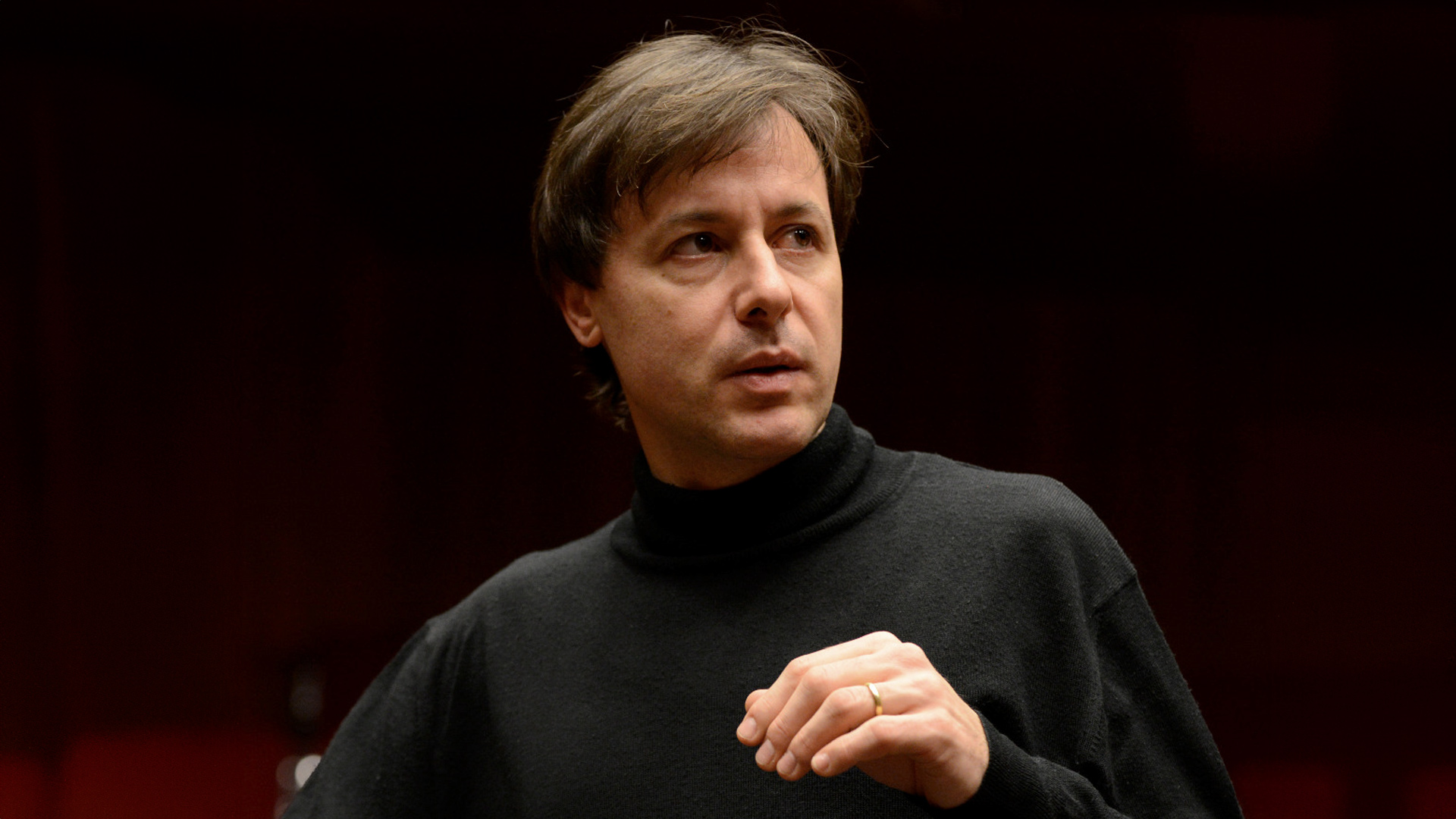FRANCESCO FILIDEI
I giardini di Vilnius
Italian premiere
Commissioned by Fondazione Teatro Carlo Felice Genova, Radio France, Klangspuren Tirol New Music Festival and GAIDA Festival
JEAN SIBELIUS
Symphony n. 2 in D major op. 23
Cello
Francesco Dillon
Conductor
Tito Ceccherini
Opera Carlo Felice Genova Orchestra
I giardini di Vilnius is a concerto for cello and orchestra by Francesco Filidei, commissioned by the Fondazione Teatro Carlo Felice, Radio France, the Klangspuren Tirol New Music Festival and the GAIDA Festival, premiered on 12 February 2023 at the Festival Présences on Radio France, and dedicated to cellists Sonia Wieder-Atherton and Francesco Dillon. The piece, a single movement in which the tempo indications Instabile, sempre muovendo avanti…, Misterioso, a tempo, Allegro vivace and a final Cadenza appear, unfolds as if to portray a labyrinthine sound environment in which the cello line strides, searching for its own space. The orchestral ensemble includes a rich and varied set of percussion instruments, for a highly evocative timbral result that evokes the dimension of nature between rumbles, whistles and the chirping of birds. Vilnius Gardens alternates between moments of suspension, in which the string harmonics and horns create a special rarefied sound, and moments of great tension and dissonance, as the cello ‘visits’ this labyrinth as if on the verge of disorientation, finding its direction in some almost melodic passages. It is therefore a true musical journey, told with great refinement and subtle attention to the most delicate sonic nuances, which comes to a questioning of its own meaning until the final fade-out.
Jean Sibelius began work on his Second Symphony in 1901, during a stay in Rapallo. The first performance was to be held on 8 March the following year in Helsinki, under the direction of the composer himself. At that time, Sibelius had achieved a certain notoriety thanks to his first symphony (composed in 1899), his style was broadly related to various European models, from Classicism to late Romanticism, with a particular admiration for Beethoven’s writing, but the composer was already distinguished by a very personal musical sensibility. The Symphony, in D major, has a clearly classical formal structure, with a division into four movements: Allegretto in sonata form, Andante, Vivacissimo and Finale allegro moderato. Right from the start, two of the main traits of Sibelius’s writing emerge, namely thematic immediacy, with characterised and recognisable motifs, and the ability to generate a complex orchestral system from individual cells, in a continuous fragmentation and proliferation with sophisticated and fascinating colours. A clear example of this is the theme of the opening Allegro, a sonata form articulated in a personal way, in which the thematic proliferation results in a very natural and continuous articulation between exposition, development and reprise. The Andante that follows presents a theme with a melancholic tone, entrusted at first to the warm and deep timbre of the bassoons, which slowly takes on tragic tones in a climax of tension. The Vivacissimo, a scherzo with a brilliant character, refers to certain Finnish folk themes to which the composer was particularly attached, and which often echo in his symphonic works. The Finale, in the form of a rondo, triumphantly concludes the Symphony with a return to the key of D major.
Ludovica Gelpi

